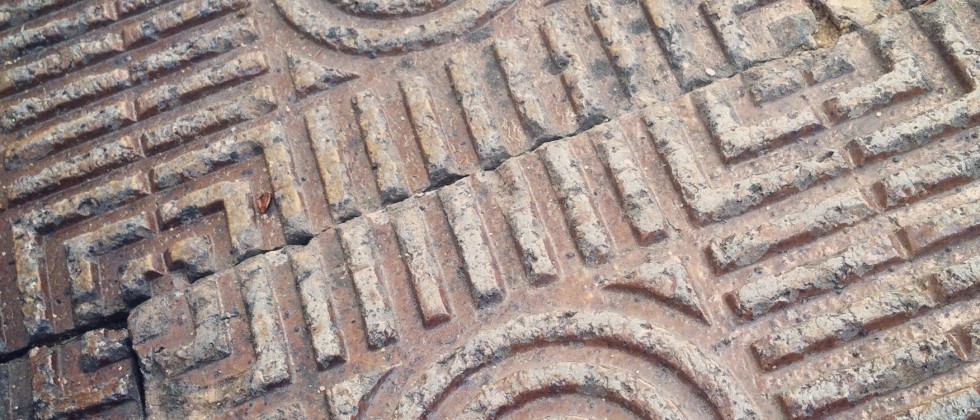
Distinctively W&L
Our Place in Higher Education
- About President Dudley
- Messages to the Community
- Issues and Initiatives
- Speeches and Opinion Pieces
- President-s Office Staff
W&L and the Higher Education Landscape

When I visit alumni around the country, I’m often asked about the greatest challenges facing Washington and Lee. A scan of the headlines paints a grim picture of higher education: corrupt admissions practices; soaring tuition prices and crippling student loans; campus culture wars; graduates poorly prepared for today’s economy; struggling schools on the brink of closure and wealthy ones hoarding large endowments.
These are serious national concerns. But how do they apply to W&L?
Journalists and legislators often present higher education as if it were a homogeneous industry in which all colleges and universities — public and private, large and small, for-profit and non-profit — shared the same objectives and challenges. Such portrayals obscure essential differences among types of institutions and make it difficult for students and families to perceive the distinguishing features of particular schools.
Imagine reading a news article declaring that restaurants are overpriced, overcrowded, and unhealthy. Well, some of them are. But you can find good value, service, and food if you know where to look. This is true of high-end steak houses as well as hole-in-the-wall barbeque joints. Lumping all restaurants into one category, and failing to make careful distinctions between establishments, would make it harder for people to find the dining experiences that will satisfy their needs.
Generalization makes no more sense for higher education than it does for the restaurant business. Community colleges, public universities, and private liberal arts institutions serve different purposes, and particular schools of each type have different strengths and weaknesses.
Prospective students want to find colleges and universities that fit their educational goals. Parents and alumni deserve to know the priorities of the schools they support. Trustees and administrators need to understand the opportunities and risks faced by the institutions they lead.
Where does Washington and Lee fit within the higher education landscape?
One way to answer this question is to consider the schools with whom we compete most frequently for students. At the top of the list are our two closest state flagship institutions — the University of Virginia and the University of North Carolina. These are followed by the best private universities in the South and in the Ivy League — including Duke, Wake Forest, Princeton, and Dartmouth. The list is rounded out by the two national liberal arts colleges in our neighborhood — the University of Richmond and Davidson.
Like W&L, these schools are highly selective in admissions, devote substantial resources to educational quality and provide first-rate facilities. To attract the best students and faculty, in competition with this group, we must make the case for the distinctive nature of what we do at Washington and Lee.
Over the course of this year, I’ll share with you my thoughts on “why W&L” — the ways we stand out within higher education, and how we are intentionally building upon our considerable strengths in the service of an even brighter future. I’ll address the real challenges we face, while also explaining how the rhetoric in the national headlines fails to do justice to schools like Washington and Lee that offer an exceptional education for a lifetime at a good value today.

In the Series
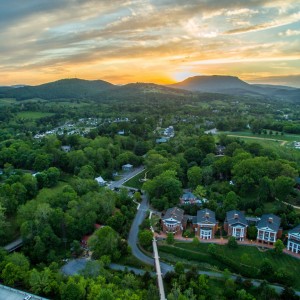
Our Approach to Liberal Arts Education
Issue One: January 2020
What sets W&L apart among the nation’s colleges and universities?

The Cost of College
Issue Two: February 2020
Why is a top liberal arts education is so expensive? And where does that money go at W&L?
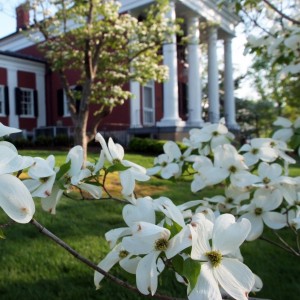
The Value Proposition
Issue Three: March 2020
High quality liberal arts education is expensive. Is it worth it? What do you get for your money?
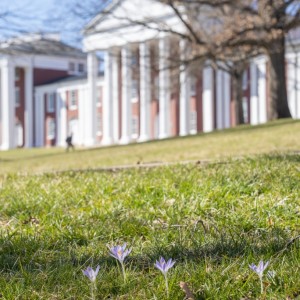
Welcome Back to Washington and Lee
Issue Four: March 2022
Two years ago, I launched Distinctively W&L. Then the pandemic struck. What have we learned in that time?
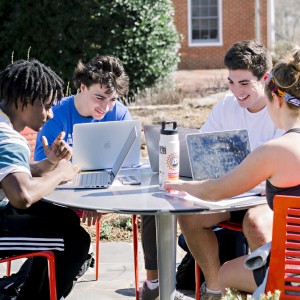
Access and Affordability
Issue Five: April 2022
Who are the students lucky enough to gain access to W&L? And how do they afford it?
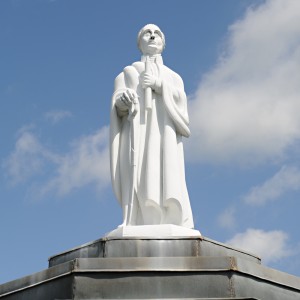
Personal Pricing, Private Endowments, and the Public Good
Issue Six: May 2022
College pricing is confusing. But there is a method to the madness. The model -- crazy as it may seem -- improves the quality of education for every student and increases our contribution to the public good.
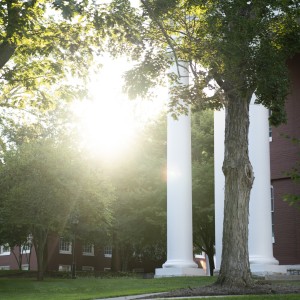
Free Inquiry and Expression on College Campuses
Issue Seven: September 2022
Concerns about freedom of speech at colleges and universities arise in response to a variety of well-publicized phenomena. Where does W&L stand on these issues?
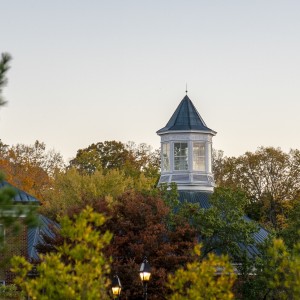
Reflecting on Rankings
Issue Eight: September 2023
The ostensible purpose of rankings is to guide students and families who are making important decisions about which college or university to attend. The subsequent proliferation of rankings has bred confusion rather than enlightenment.
Office of the President
- About President Dudley
- Messages to the Community
- Issues and Initiatives
- Speeches and Opinion Pieces
- President's Office Staff